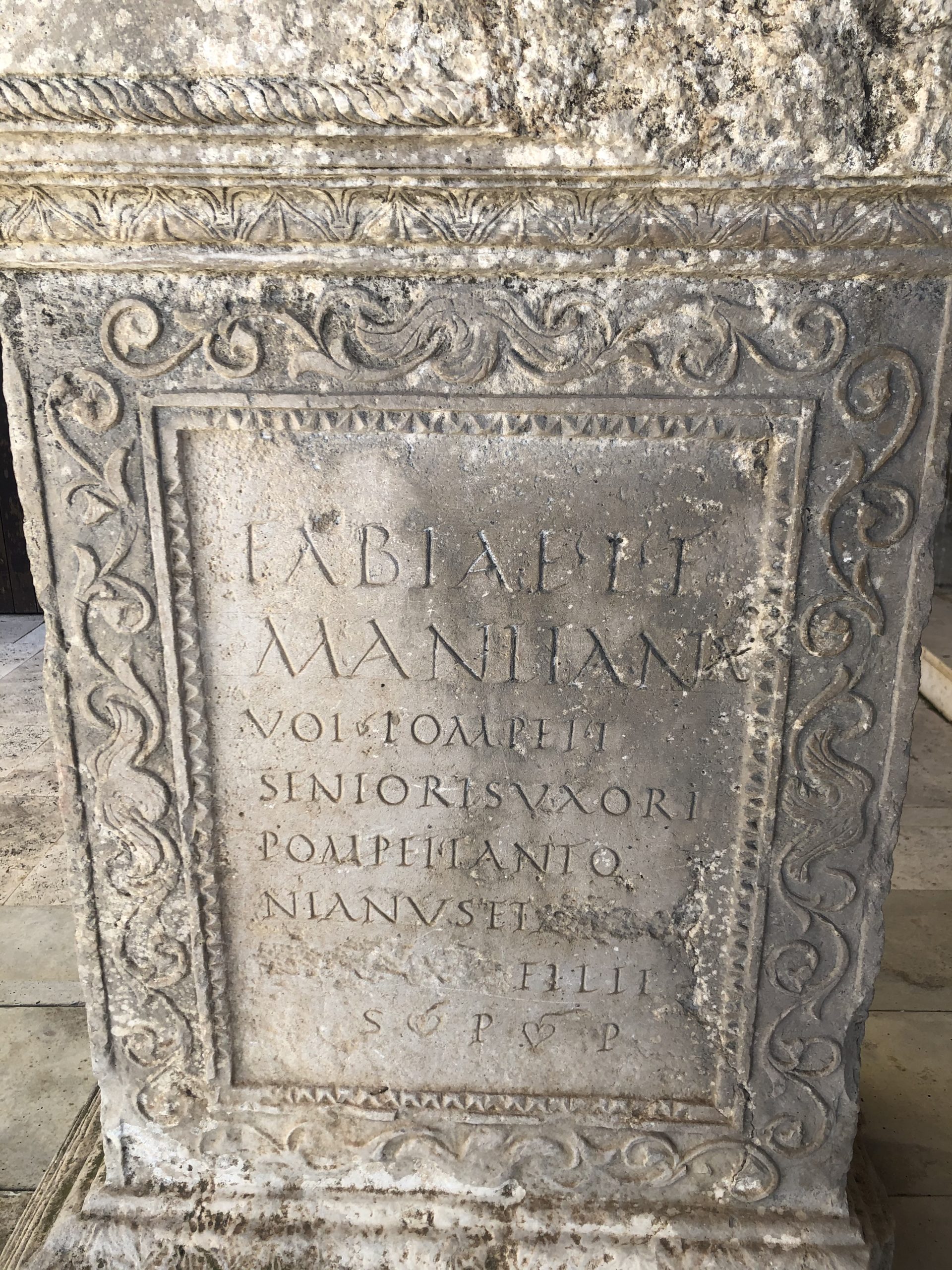Ghosts and Jinns of the Middle East

Every year I do a post on ghosts or the supernatural across borders, such a ghost ship in Canada, a haunted building in Hong Kong, a selection of spooky podcasts, or Japanese tales of the supernatural. With these posts I’ve covered a wide section of the globe, from northern folklore to a British novel. One region that I haven’t covered yet, however, is the Middle East. Back in September 2019 Sebastian Castelier and Quentin Muller published an evocative article in Al Jazeera titled Gravediggers claim ghosts haunt world’s largest cemetery in Iraq.
The article is based on interviews with the gravediggers at perhaps the world’s largest cemetery, called Wadi-us-Salaam or Valley of Peace, in Iraq. The cemetery is home to at least five million people, and graves there are highly prized. The gravediggers, however, report encounters with ghosts and the dead that leave them traumatized. One man even said that he was slapped by a corpse. I particularly liked the atmospheric pictures that accompanied the article.
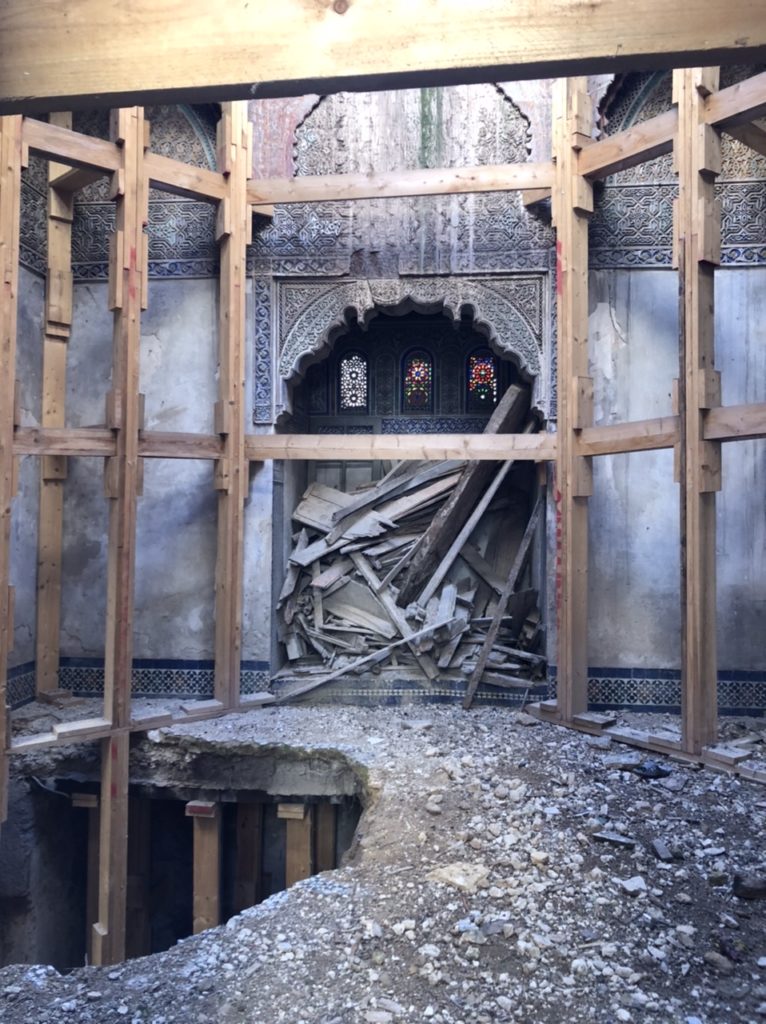
If you enjoy podcasts, you might like listening to Spooked. Season Two, episode three was titled the Iron Gate, for reasons that become clear during the tale. This story was told by a U.S. military veteran, who had an unsettling encounter in a strange, abandoned home in Iraq. Whatever it was in that house scared him as much as any sniper. There is something nightmarish about being in a house with many people, but at the same time being so truly alone. The first person narratives in the Spooked series are intimate. They may make you feel if you are listening to an old friend tell you a story across your kitchen table.
I also recommend the Relic podcast, in particular episode #46, “Atlantis of the Sands.” The episodes description says:
During World War II, an Englishman named T.E. Lawrence fought in the Arab uprising against the Ottoman Empire. While travelling, “Lawrence of Arabia” learned of a majestic city that he dubbed “The Atlantis of the Sands”, a kingdom that been buried under the dunes of the Empty Quarter. But this lost city was well known to the Arab world; it had appeared in the 1,001 Nights and was even mentioned by name in The Quran. Is Ubar, or Iram of the Pillars, waiting to be unearthed?
The episode combines folklore, archaeology and history. By the end, I wanted to start pouring over some satellite images of the Arabian peninsula in search of a lost city. But it’s not a story from the Arabian peninsula that has most impacted ideas about death in the United States.
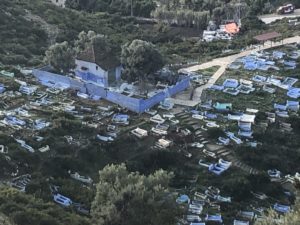
One point that strikes me is the persistence of images associated with ancient Egypt in cemeteries and mausoleums with gates, buildings, or doors that were built in the United States during the early twentieth century. As you can see below, even in the gate to the North Dorchester Burying Ground in Massachusetts, which holds good Puritans from colonial New England (including at least one of my own ancestors), has an Egyptian motif on its gate. You can see a similar motif at the Mount Auburn cemetery in Cambridge, Massachusetts, which was perhaps the most prestigious burial site in the state. For some reason, the well-to-do merchants, politicians and bankers in the state liked having an Egyptian image over this entry. In North America our idea of death has been shaped by artistic traditions from the Middle East for a long time. In the same way, frightening images of the undead -particularly the mummy- from the Middle East have shaped horror fiction, radio programs, podcasts and movies for generations. References to locations in the Middle East show up in fiction of the uncanny in the most unexpected ways. For example, one popular supernatural podcast, Tanis, is named after an ancient city in Egypt (doubtless inspired by the film Raiders of the Lost Ark).
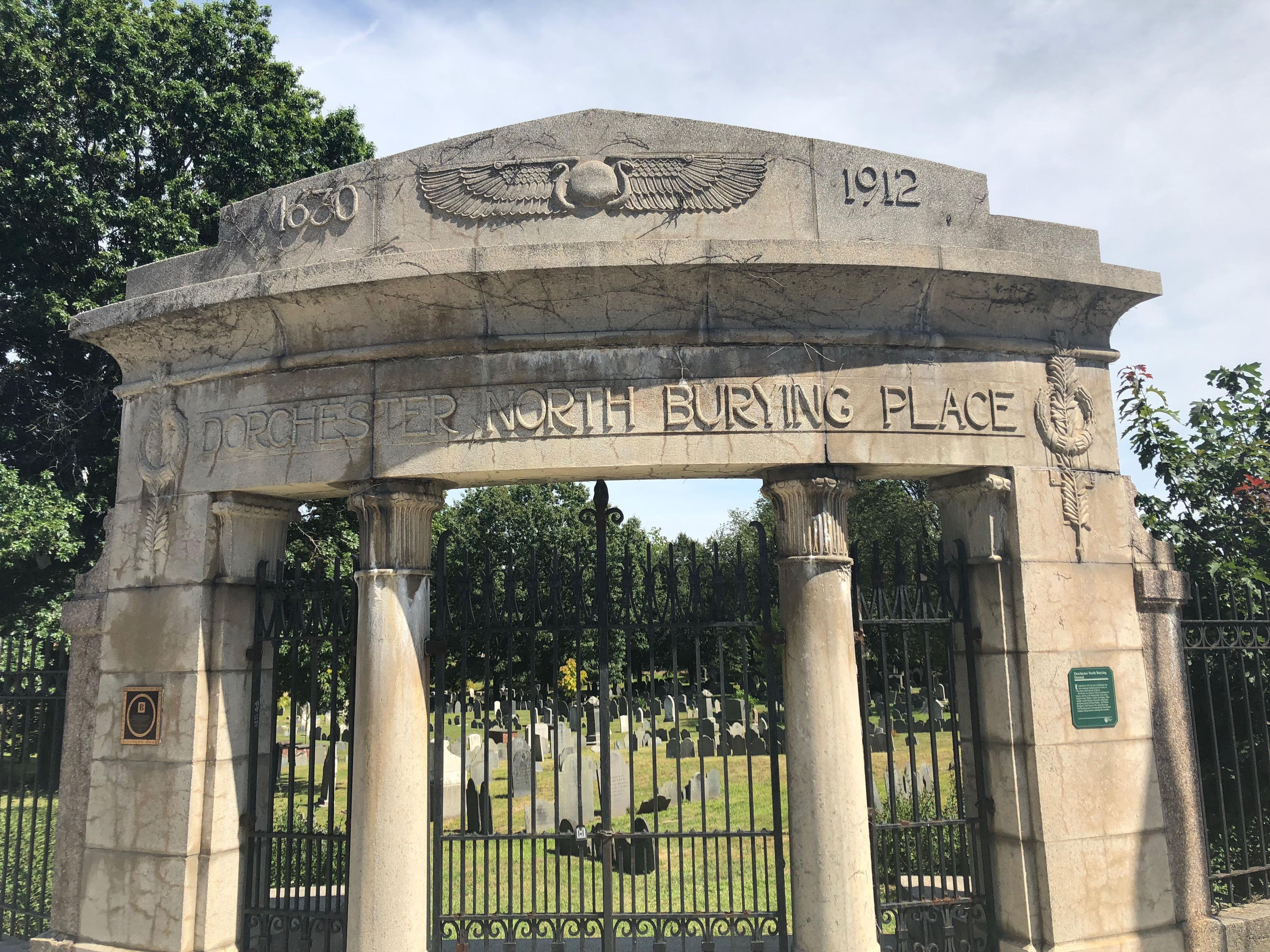
For anyone interested in a deeper dive into how Middle Eastern traditions regarding jinn have influenced film and popular culture, please see Peterson’s work (2007) in the references below. While the book focuses on jinn (alternative spelling djinn) in movies, it also does a good job to place jinn in the context of traditional belief. While we might associate jinns with the genies in Disney films, the folkloric roots for this being are far more frightening than Aladdin or “I Dream of Genie” might suggest. And who knew that jinn became associated with consumer culture and consumption in the modern era?
If you want some frightening first hand accounts from Dubai residents please read Rohit Nair’s interviews in his piece, “Dubai residents recount their scariest moments.” Of course, since Dubai is a cosmopolitan place the stories people tale take place from Sri Lanka to the ghost village of Jazeera Al Hamra in Ras Al Khaimah, in the United Arab Emirates.
Finally, if there is one region that haunts the imagination of the British, Russian and United States armed forces, it’s probably Afghanistan, although it’s a Central Asian country. There have been some recent articles -and a SciFy channel documentary- about one American (formerly British) military base, apparently haunted by Russian soldiers. The title of the New York Times articles conveys the stories’ mood: An Ancient Hill and Forgotten Dead: Afghanistan’s Haunted Outpost. These stories speak to how the US soldiers -who could see the burned out armored personnel carriers that the Russians left behind- were haunted by the legacy of the soldiers and empires that fought there before them. I would personally like to edit a volume on the ghost stories of imperialism (which would include British, Chinese, Roman, Russian and US tales) as a retirement project someday. But these accounts from Observation Point Rock are not literary tales, but rather the stories of people hearing Russian whispered in their ear in their fox holes.
It all reminds me of Rudyard Kipling’s 1892 tale “The Lost Legion,” in which British soldiers have an eerie encounter with the ghost of an Indian regiment that had rebelled in 1857. As an aside, I wonder now if that story subconsciously influenced Tolkien in The Return of King. Much as in Kipling’s tale, the dead -who had violated their oath- could not rest, until they came to help an imperial force and by so doing fulfill their promise. I always thought that this section of the Return of the King was disappointing; shouldn’t the heroes have solved the challenge through their own abilities? And why did Gandalf give the ring to Frodo to carry, if he knew that Frodo couldn’t even place the ring in a fire? Why send Frodo to Mount Doom, since he’d already failed the test? But I digress. The point is, the Western memories of imperial misadventures from the Middle East to Central Asia can show up in the most unlikely of places.
I haven’t researched this possible link between Kipling’s tale and Tolkien. There’s probably a PhD. thesis on this topic in a British library -and a hundred blog posts on this topic- that I should have researched and referenced before posting this idea.
If you are curious to read more about folklore outside the Middle East you might be interested in my own book, Dangerous Spirits: the Windigo in Myth or History, which covers a belief in New England and the upper Midwest in the United States, and most of eastern Canada. You can see a brief video about the windigo here, and a review of my book here. The windigo was an Algonquian belief. The Algonquians were the most wide-spread cultural group in North America. The windigo was the spirit of winter and selfishness, which could transform a person into a cannibal monster. Much like the jinn, the idea of the windigo evolved with time, and became associated with capitalist culture. As with the jinn, the wendigo or windigo (there are many different spellings) has become appropriated by the dominant society, which has used it in TV shows (Supernatural), children’s programs, video games, and novels. If you do read my book, whether you love or hate it, please do leave a review on Goodreads.
This year I expect that most families in North American won’t have a typical Halloween, given the COVID-19 pandemic. I hope that you and your families there can stay home and enjoy watching “The Legend of Sleepy Hollow” or some other spooky film.
If you are interested in hearing more about global topics, please listen to my podcast, Dispatch 7. You can find it on Spotify here, or by searching whichever podcast platform you prefer.
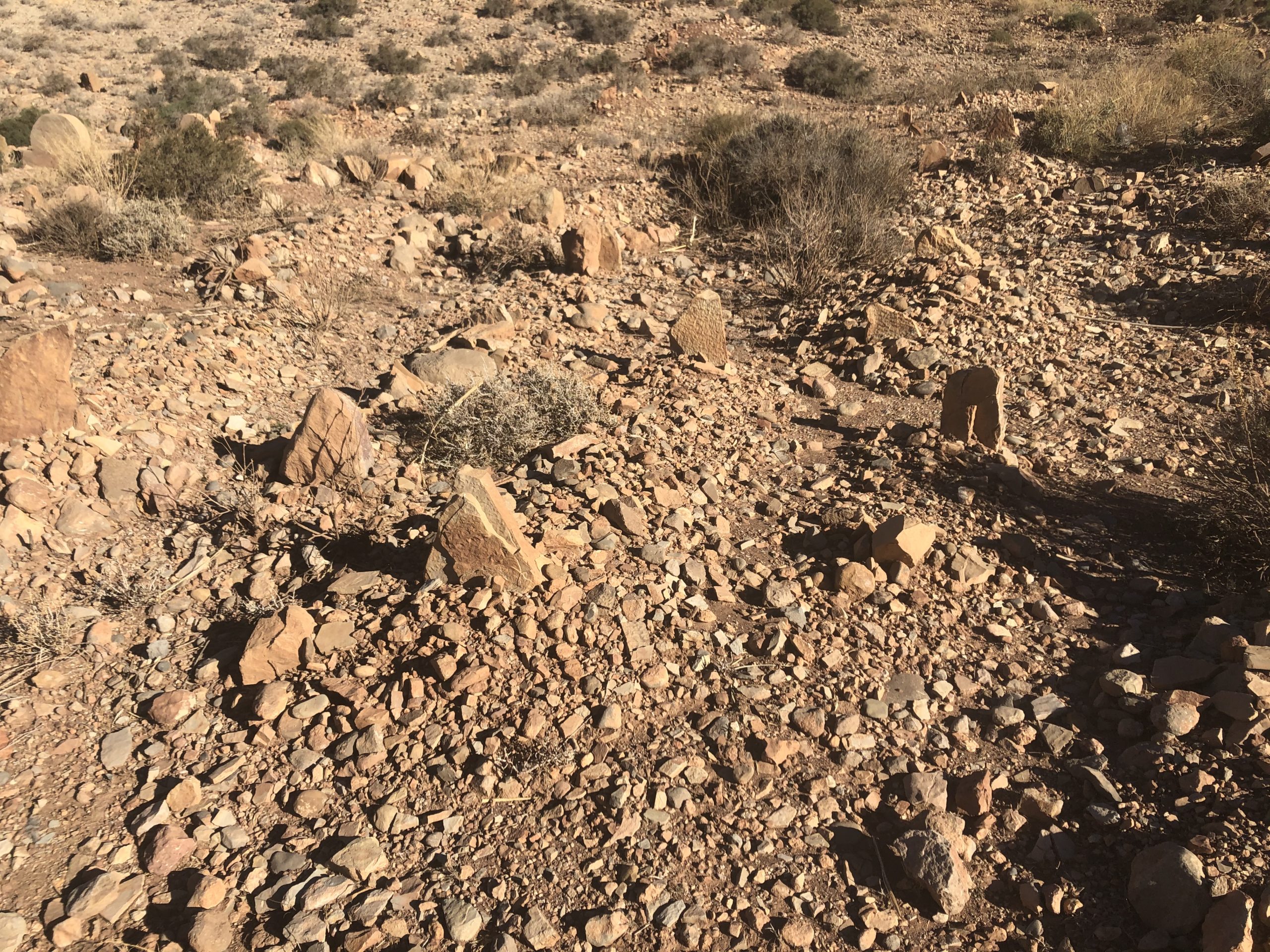
References:
Castelier, S. & Muller, Q. September 10, 2019. Gravediggers claim ghosts haunt world’s largest cemetery in Iraq, Al Jazeera website. Retrieved on September 13, 2019 from https://www.aljazeera.com/indepth/features/gravediggers-claim-ghosts-haunt-world-largest-cemetery-iraq-190909194529119.html
Maxwell, February 19, 2020, “Episode #46, Atlantis of the Sands,” Relic podcast. http://relic.blubrry.net/2020/02/19/episode-46-atlantis-of-the-sands/
Peterson, M. A. (2007). From Jinn to Genies. Folklore/Cinema: Popular Film as Vernacular Culture, 1, 93.
Nair. R. October 30, 2015. Dubai residents recount their scariest moments. (n.d.). Retrieved from https://www.khaleejtimes.com/wknd/editors-picks/Dubai-residents-recount-their-scariest-moments
NPR Radio, August 15, 2018. “The Iron Gate”, Spooked podcast.
